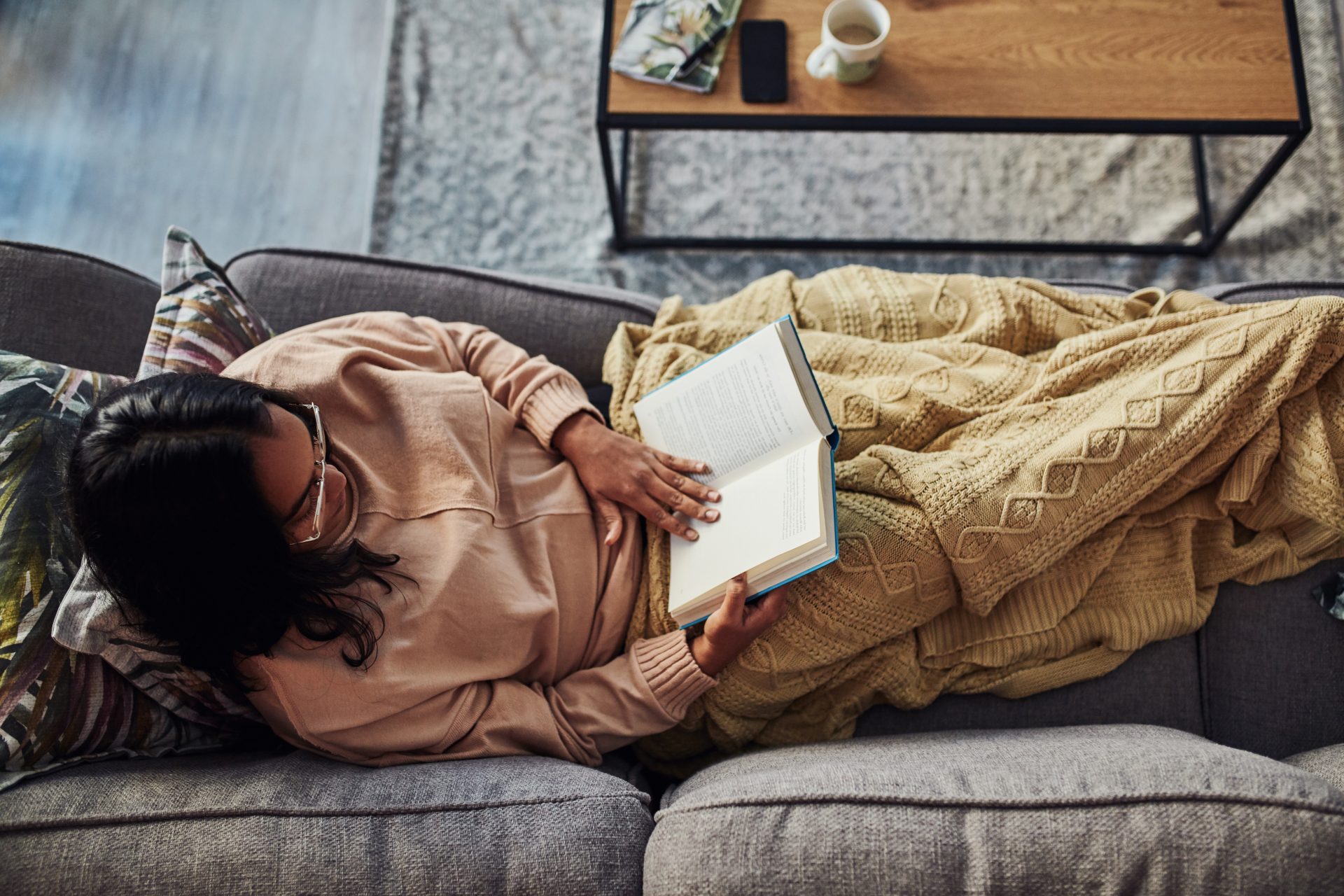Written by Amy Beecham
It’s not all about snuggling up and keeping the winter out, our quest for cosiness may actually reveal more about how we’re coping with the pandemic.
If you looked around my living room, this is what you’d see: a candle lit, a hot coffee freshly brewed, lights twinkling on the Christmas tree, a soft blanket over my feet. If I was lucky enough to have a fireplace in my rented flat, it would undoubtedly be roaring with flames.
That sense of comfort, of hibernation, may not seem out of place, it being December and with winter in full force. But according to Kathryn Jezer-Morton, the writer behind the Mothers Under The Influence newsletter, there’s a lot more to unpack than feeling snuggly when it comes to our pursuit of cosiness.
Writing for The Guardian, Jezer-Morton explained that the aestheticisation of cosiness, particularly for social media, has divorced us from what it truly means, and more importantly, why we seek it.
“What if our obsession with cosiness has risen in step with our growing feeling of collective precariousness?” she writes, “…the colder and more brutal it is in the outside world, the more it feels precious and delicious to be inside our homes.”
And this certainly rings true at the moment. Now more than ever, with rising anxieties about Christmas cancellations and the Omicron variant, I’ve found myself craving a retreat into dark evenings. I’ve taken more long, hot baths, cancelled plans, cupped hot chocolates in my palms and rearranged my space to feel even more ‘homely’.
As Jezer-Morton defines it, “Cosiness is a heightened, almost erotic feeling of belonging: you are in your own space, and if there’s anyone in there with you, they are allies who truly know you, because you wouldn’t share this sock-footed intimacy with just anyone. This is the melty core of cosiness.”
“This is the dragon we’re all chasing,” she says. And chasing relentlessly, it seems.
Over the years, our lexicon has been expanded with words that encourage us to optimise our wellbeing for winter. From the Danish ‘hygge’, which itself translates most concisely to “cosiness”, and Norway’s ‘koselig’, which seemingly promotes the opposite: social connection and connection with nature and the outdoors. There’s even ‘döstädning’, the Swedish lifestyle trend that involves ridding yourself of items you no longer need, and ‘friluftsliv’, translating roughly to ‘open-air living’, to entice you into a more down-to-nature lifestyle.
But behind these words, and the products we buy in order to help achieve their meanings, are deep-rooted anxieties and emotions.

“Cosy season on social media might be a cry for help,” ponders Jezer-Morton. “We all want so badly to belong somewhere, and the perfect artefacts of cosiness can’t help us achieve that feeling.”
Indeed, as Psychology Today points out, in Denmark, hygge isn’t fluffy sweaters, neutral furniture and warming soups, but practically a survival strategy in the long, cold, and very dark winters.
“It is not a style of decor. It’s a psychological state, a way of approaching life during the darker months. It is essentially about creating the conditions for people to feel a powerful sense of comfort and belonging, both in our homes and with friends,” Jezer-Morton agrees. “This is not a question of lighting a balsam-scented candle. Like cosiness, you can’t buy it – you have to do it.”
And when I take the time to unpick why I’ve felt like such a homebody over the last few weeks, bundled up in huge jumpers and craving chocolate and warm drinks, it’s probably because I’m anxious. And stressed. And homesick. And still in survival mode, as we all are.
So as we cling to the idea of ‘cosy’ this winter, let us remember Jezer-Morton’s words instead: “Cosiness is an embodied human experience, a feeling of relaxation and ease of mind and body.” I’ll raise my hot chocolate to the pursuit of that.
Images: Getty
Source: Read Full Article
